Cargando...
Recursos educativos
-
Nivel educativo
-
Competencias
-
Tipología
-
Idioma
-
Tipo de medio
-
Tipo de actividad
-
Destinatarios
-
Tipo de audiencia
-
Creador
Lo más buscado
- Actividades educativas para niños en segundo
- Comarques de Catalunya para sexto
- Siglo XIX
- Chimpancés
- literatura infantil
- Inventos de máquinas
- Características de la melodía
- Experimentos de ciencias para P4
- Actividades cientificas para niños educación infantil
- Repaso de lengua castellana para primero
- problemas matemáticas
- Actividades de repaso en P5
- Vestimenta chilota
- Ejercicios griego para bachillerato
- Actividades didacticas en cuarto
-

The Earth's satellite: the Moon
EduBook Organización
- 1526 visitas
3.1. General characteristics of the moon The Moon is the only natural satellite of the Earth. It is 49 times smaller than our planet. As the Moon does not have an atmosphere, the Sun's rays and the…
-
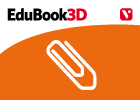
The depletion of the ozone layer
EduBook Organización
- 1518 visitas
In the 80s, a decrease in the thickness of the ozone layer over Antarctica was detected. This rate of decrease has continued. Scientists believe that the original concentrations of ozone will be…
-
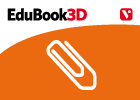
Did you know?
EduBook Organización
- 1514 visitas
When we want water, we just turn on the water tap and out it comes. But water is a very scarce resource. We should not waste or pollute water. Remember, more than 2 billion people do not have access to…
-
Minerals (I)
EduBook Organización
- 1522 visitas
2.1. What is a mineral? Minerals are solid and inorganic substances which have a particular chemical composition. They are formed naturally. Minerals are characterised by their perfectly ordered…
-
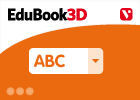
Final self-evaluation 03 - The Earth's Crust
EduBook Organización
- 1524 visitas
Are the following sentences true or false? The Earth's outermost layer is called the crust. Ocean trenches are long, narrow depressions in the floor of the ocean. The most common elements in the…
-
-
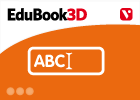
Final self-evaluation 9.06 - The Plant Kingdom
EduBook Organización
- 1524 visitas
Complete the following sentences with the missing words: The is the part of the seed that grows into a new plant. are the most widespread and common type angiosperm plant. The of angiosperms contain the…
-
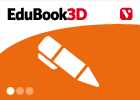
Answer. The simplest invertebrates 1.2
EduBook Organización
- 1523 visitas
Compare and contrast the two different shapes of cnidarians.
-
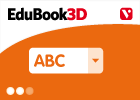
Classify. Human beings
EduBook Organización
- 1516 visitas
Decide which of the following characteristics refer to humans but not to other primates: They are homeothermic. The spinal column is vertical. All the teeth have a similar shape and size. They have…
-
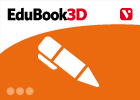
Final evaluation 3 - The Animal Kingdom (II). Vertebrates
EduBook Organización
- 1525 visitas
Read the following description: “Carnivorous animal that lives in water when it is a larva and on land when it becomes an adult“. What type of animal does the phrase refer to? What other…
Te estamos redirigiendo a la ficha del libro...













